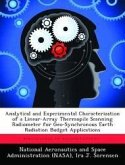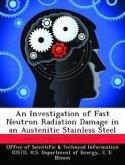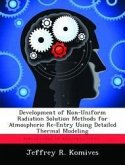This research focuses on developing a linear regression formula that forecasters in the Midwest can use to accurately anticipate the formation of radiation fog. This was accomplished in three stages. First a study of the surface and upper air parameters and processes required to develop radiation fog were identified and explored. Next, a linear regression technique was applied to the 23 parameters identified. The top four indicators were then reprocessed and a new linear regression equation was developed. Finally, the new regression equation was compared to an existing fog forecasting technique. The existing forecast technique selected was the 2 nd Weather Wings "Fog Stability Index." Hit rates, False Alarm Rates and Threat Scores for both methods were calculated and compared. In general the linear regression, while only accounting for 45 to 50 percent of the total error (SST), outperformed the Fog Stability Index in ability to accurately forecast the development of radiation fog, and greatly reduced the number of incorrect forecasts. The new linear regression equation reduced the false alarm rate on fog forecasting by 23 to 43 percent and increased the threat score ability 30 to 60 percentage points.
Hinweis: Dieser Artikel kann nur an eine deutsche Lieferadresse ausgeliefert werden.
Hinweis: Dieser Artikel kann nur an eine deutsche Lieferadresse ausgeliefert werden.








